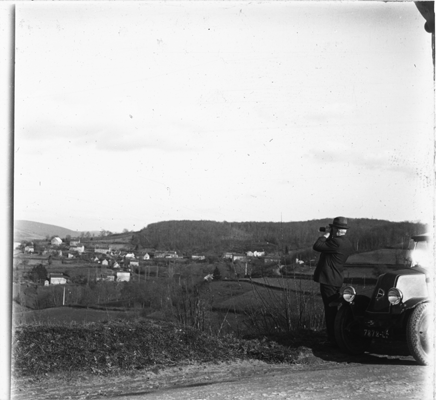For many people the recent developments in 3D cinema and television may seem like new technology, but in fact they are deeply rooted in the decades old technique of anaglyph 3D. Anaglyph 3D is where two separate images are shot from slightly different positions to create a 3D effect in a 2D image. There are a number of techniques to fool the brain into believing it is looking at one image, most commonly today by separating the images by using polarized light or color filters and employing glasses to to filter the opposite image out.
First developed in Germany in 1852, earlier techniques to view anaglyphs included putting the images side by side and looking at them crossed eyed or using some form of shutter to quickly flicker between the images.
Alex from Paris was lucky enough to track down and purchase a series of anaglyph glass plates dating from the 1930s and has carefully scanned them, bringing them back to life by posting the them on the Internet for the world to view. He is using both the flicker technique and the side by side cross eyed technique to display the images.
The results are a fantastic and rare three dimensional look at pre-war Paris:
Like This Article?
Don't Miss The Next One!
Join over 100,000 photographers of all experience levels who receive our free photography tips and articles to stay current:












Thanks Jason for a great article. But where are the second pics for the stereo effect??